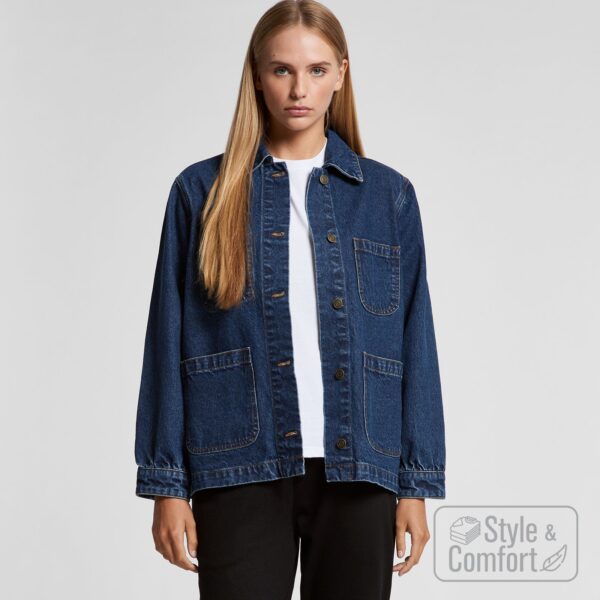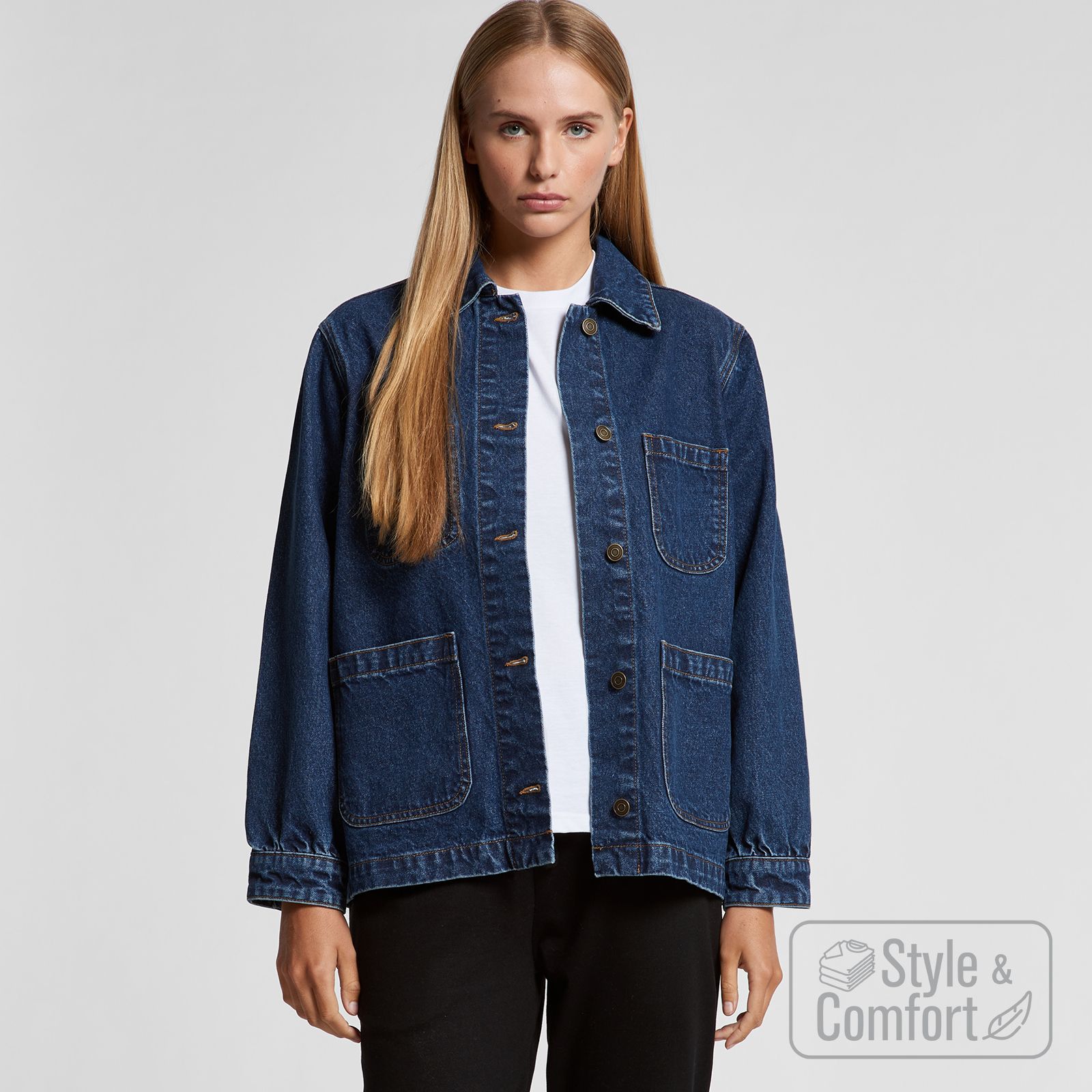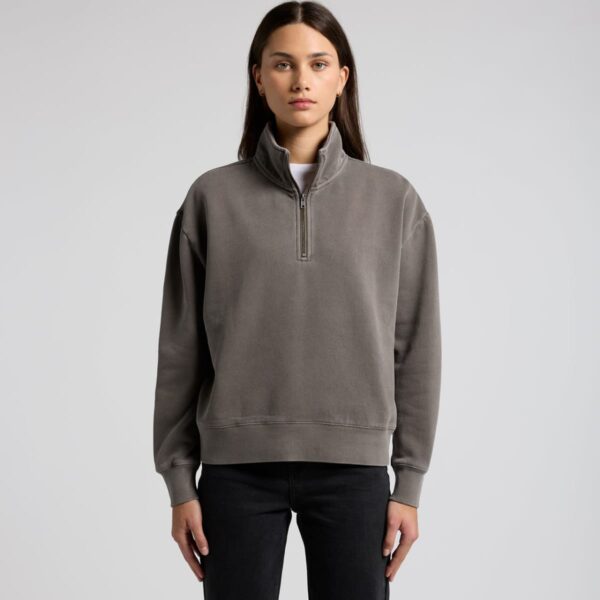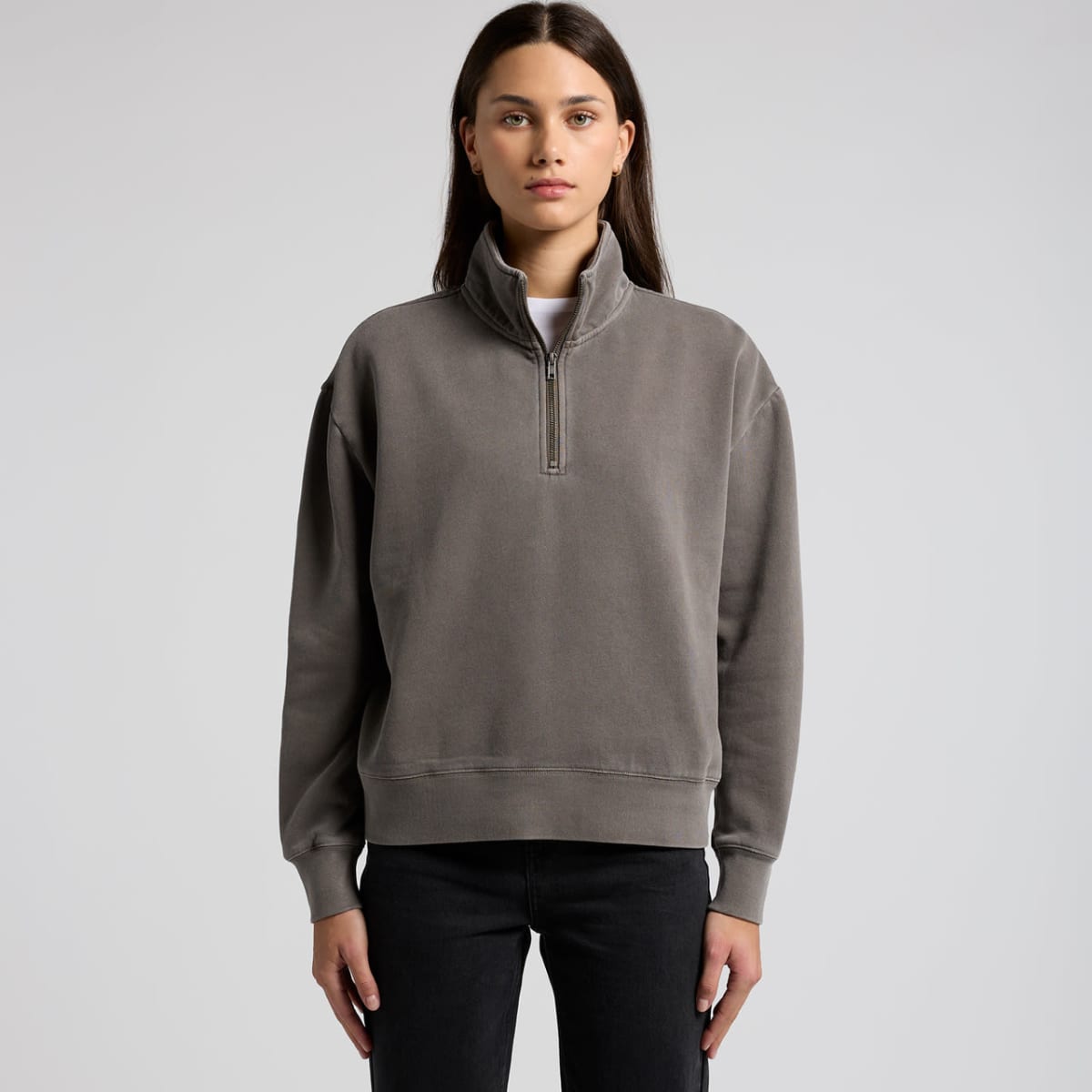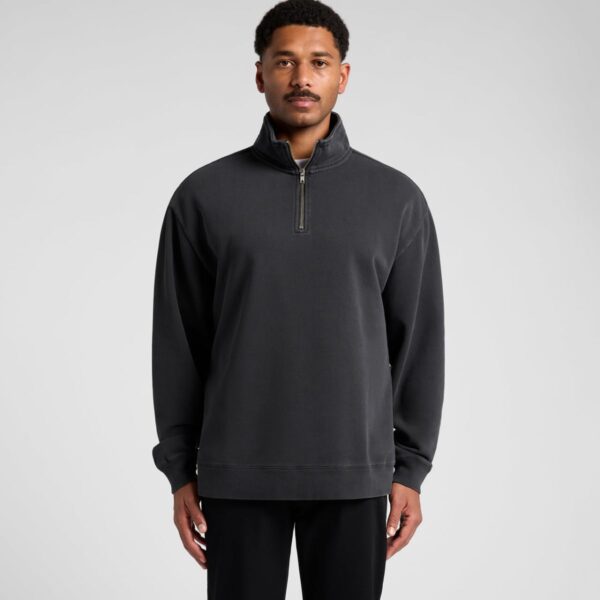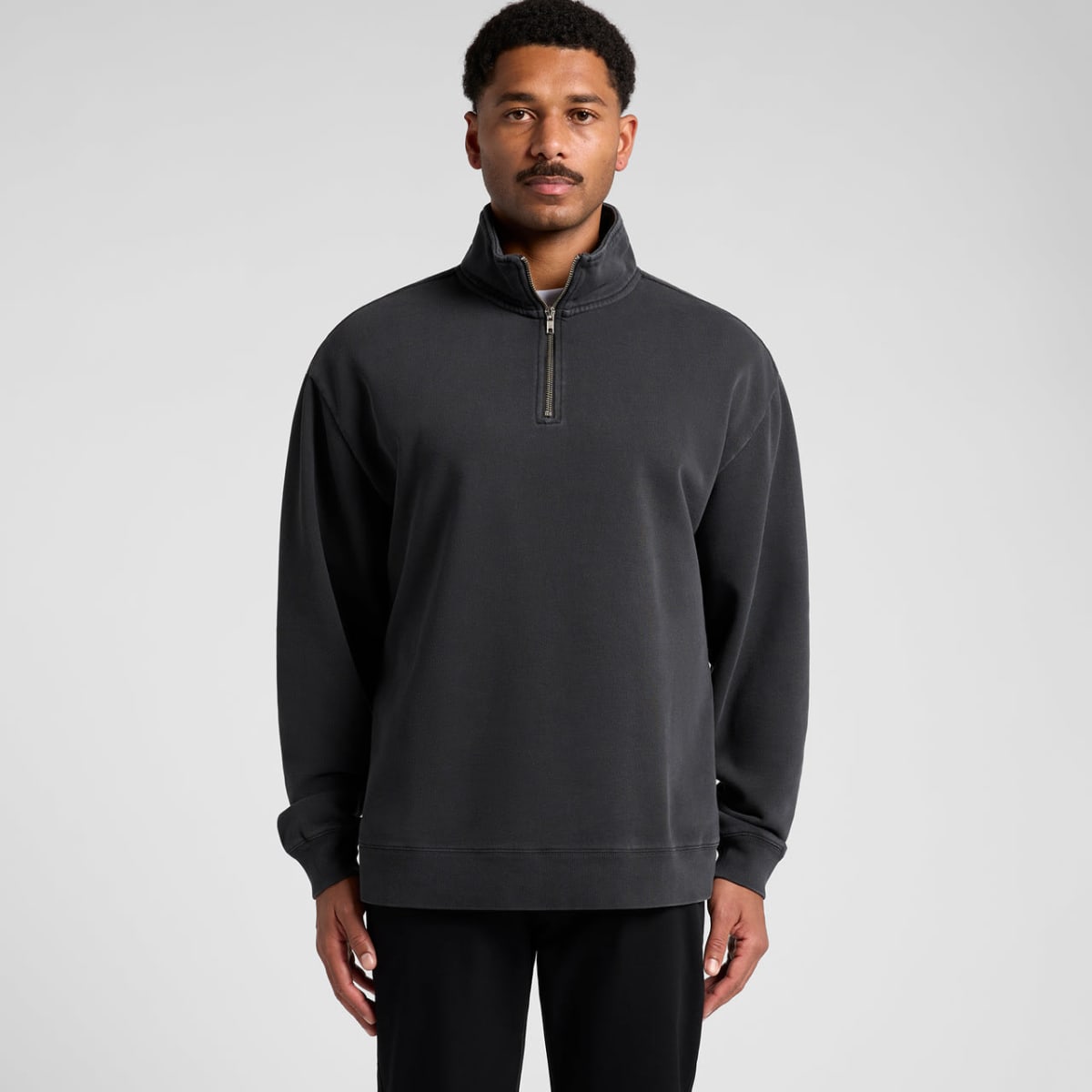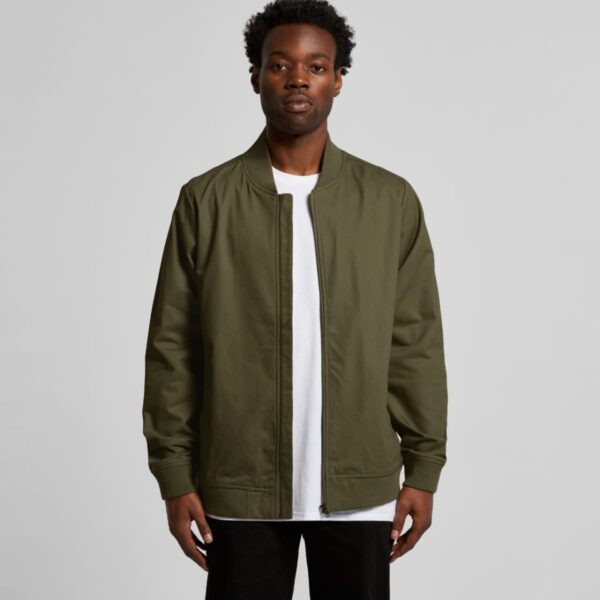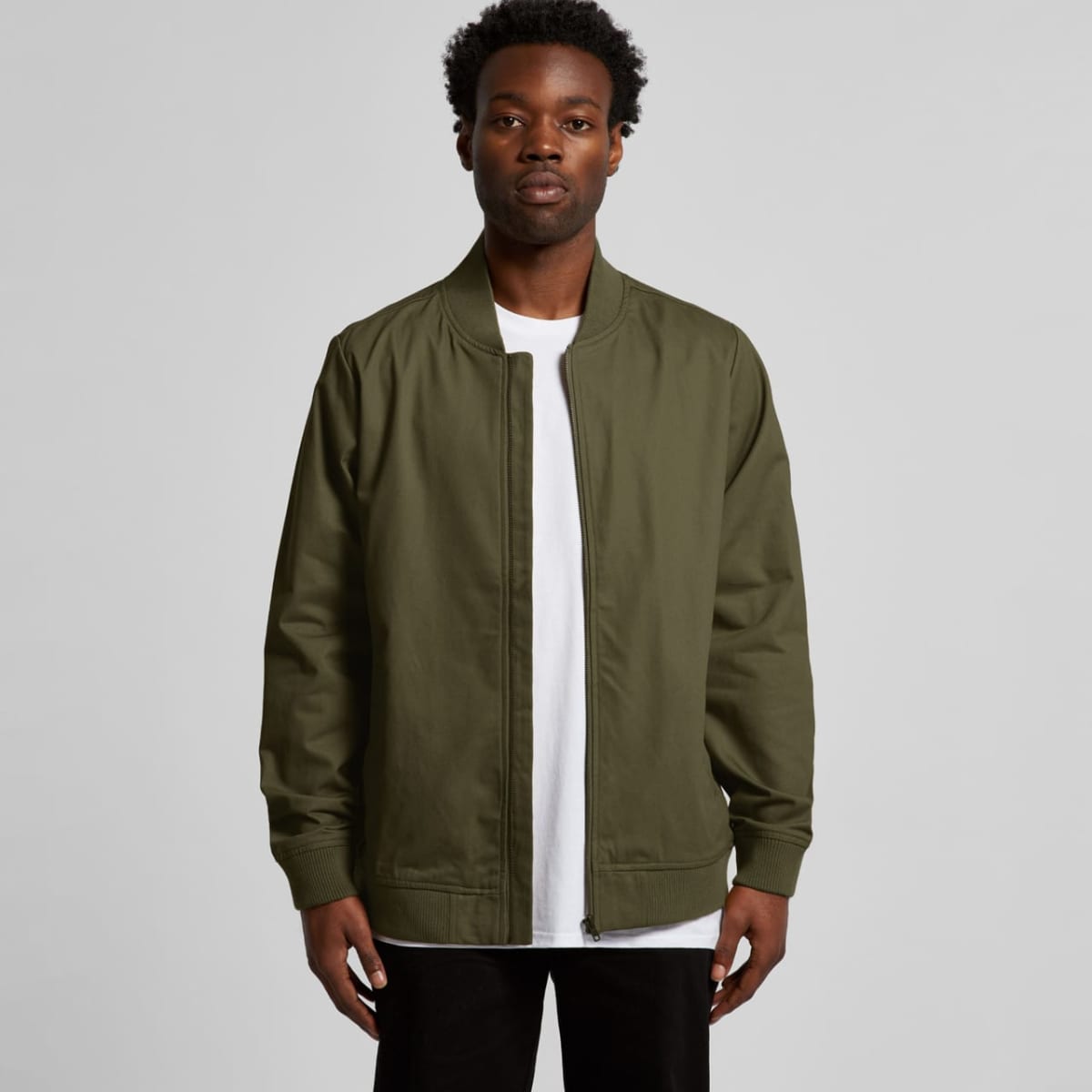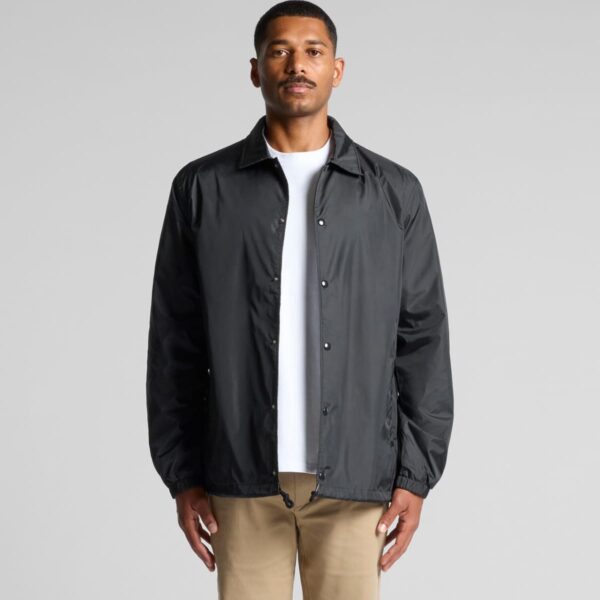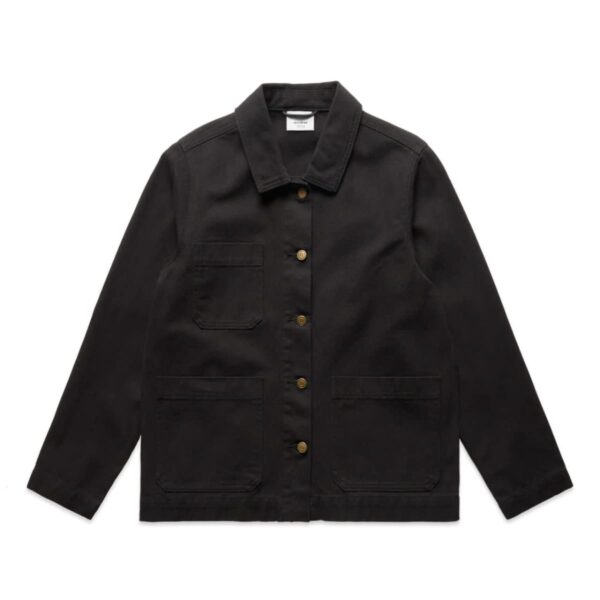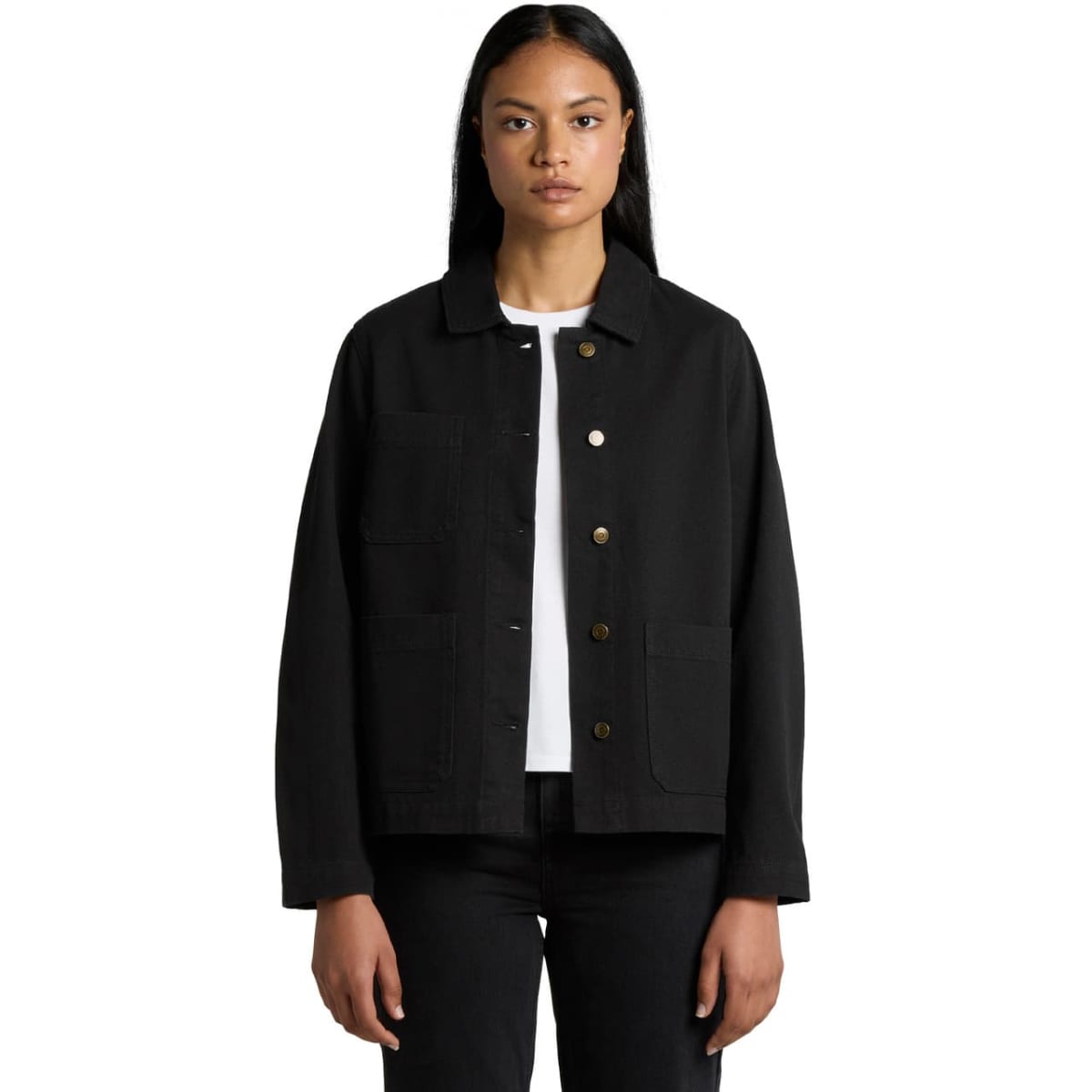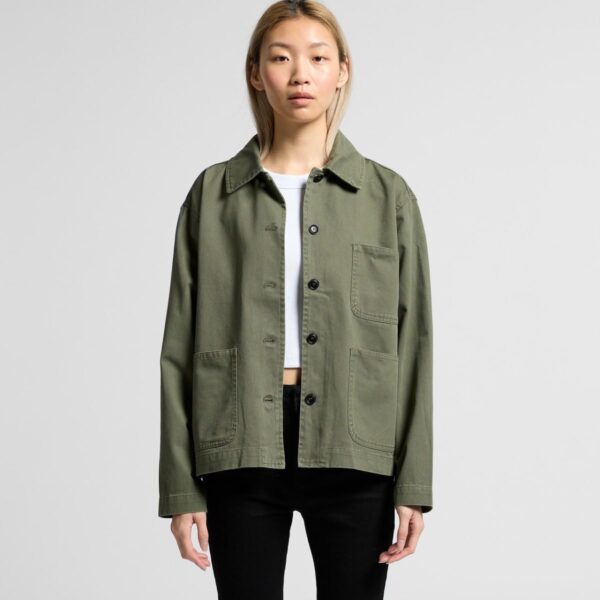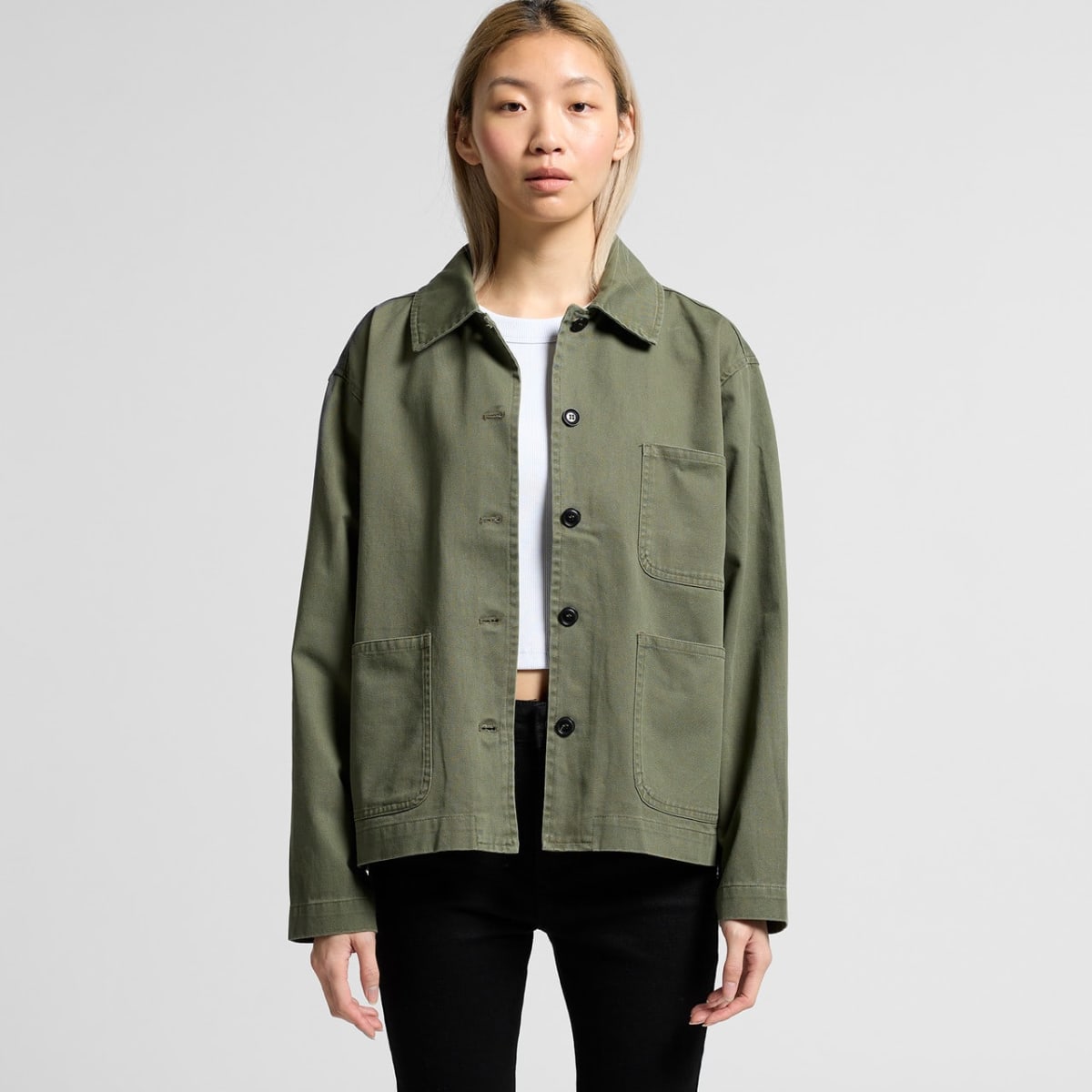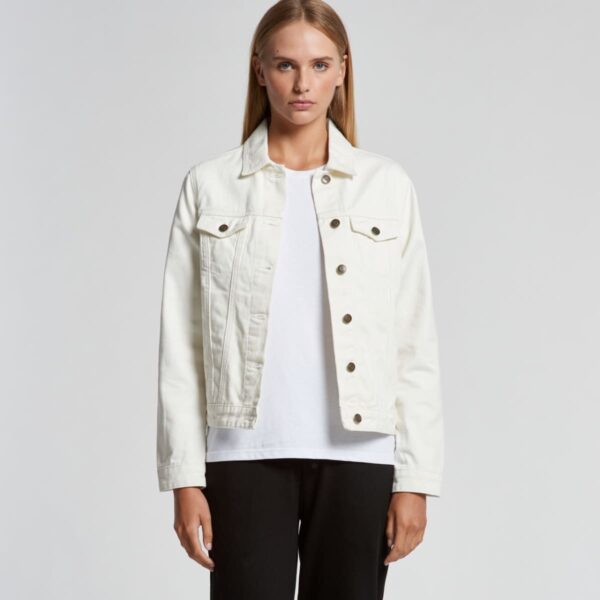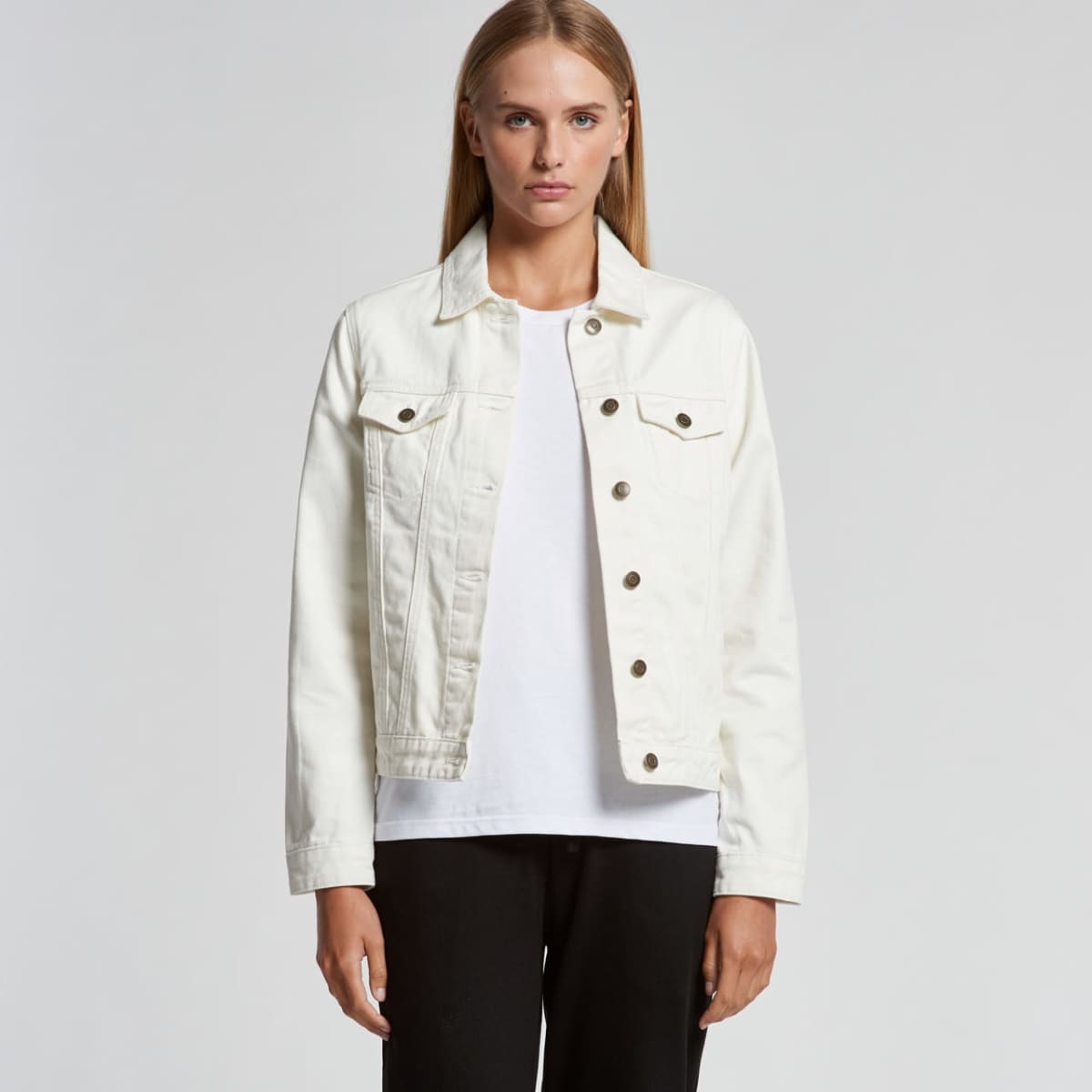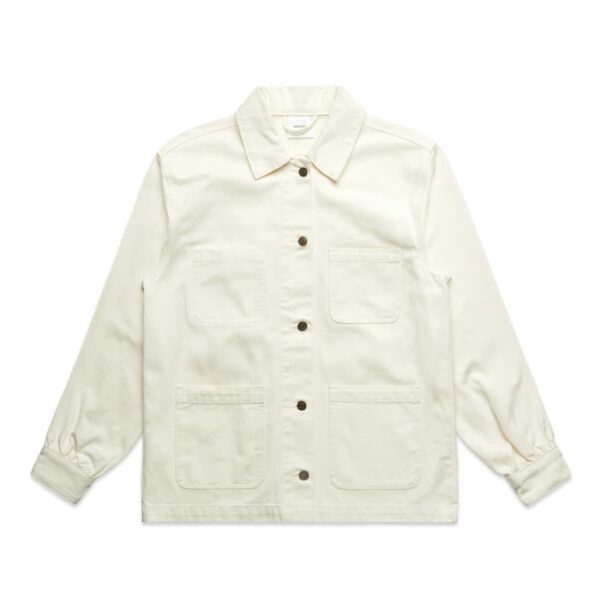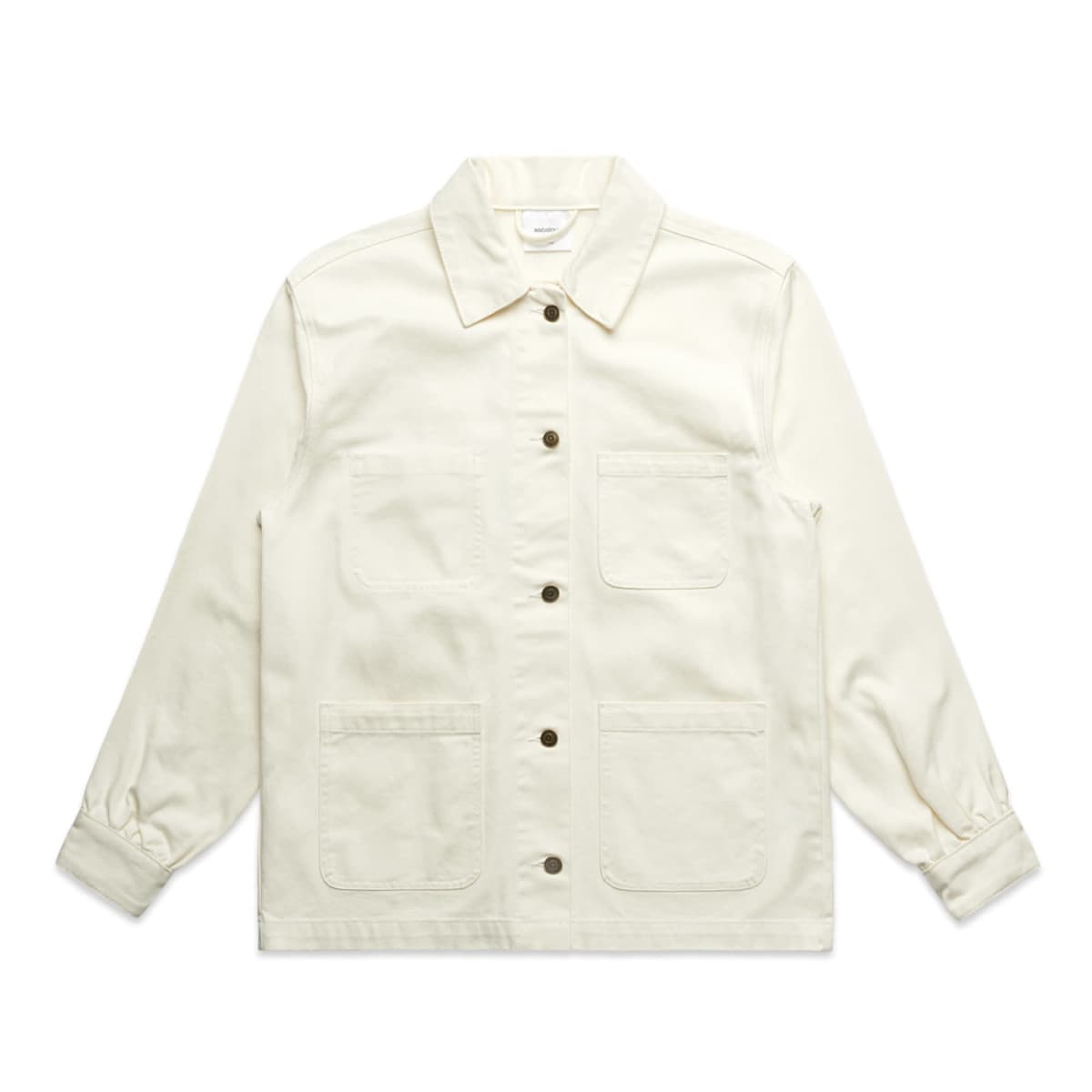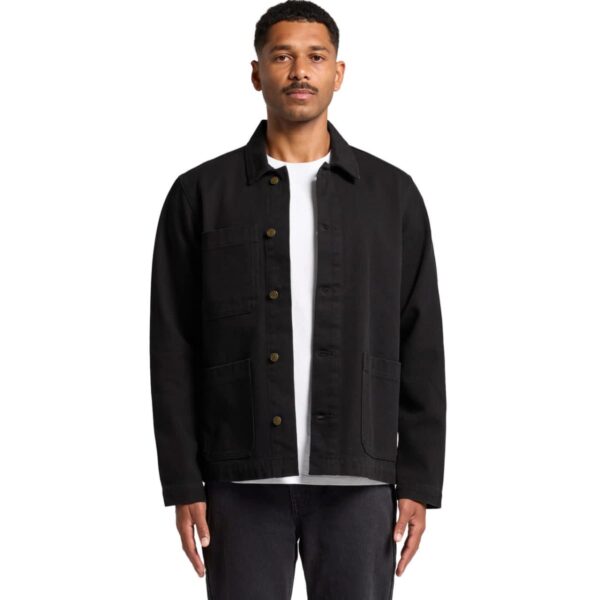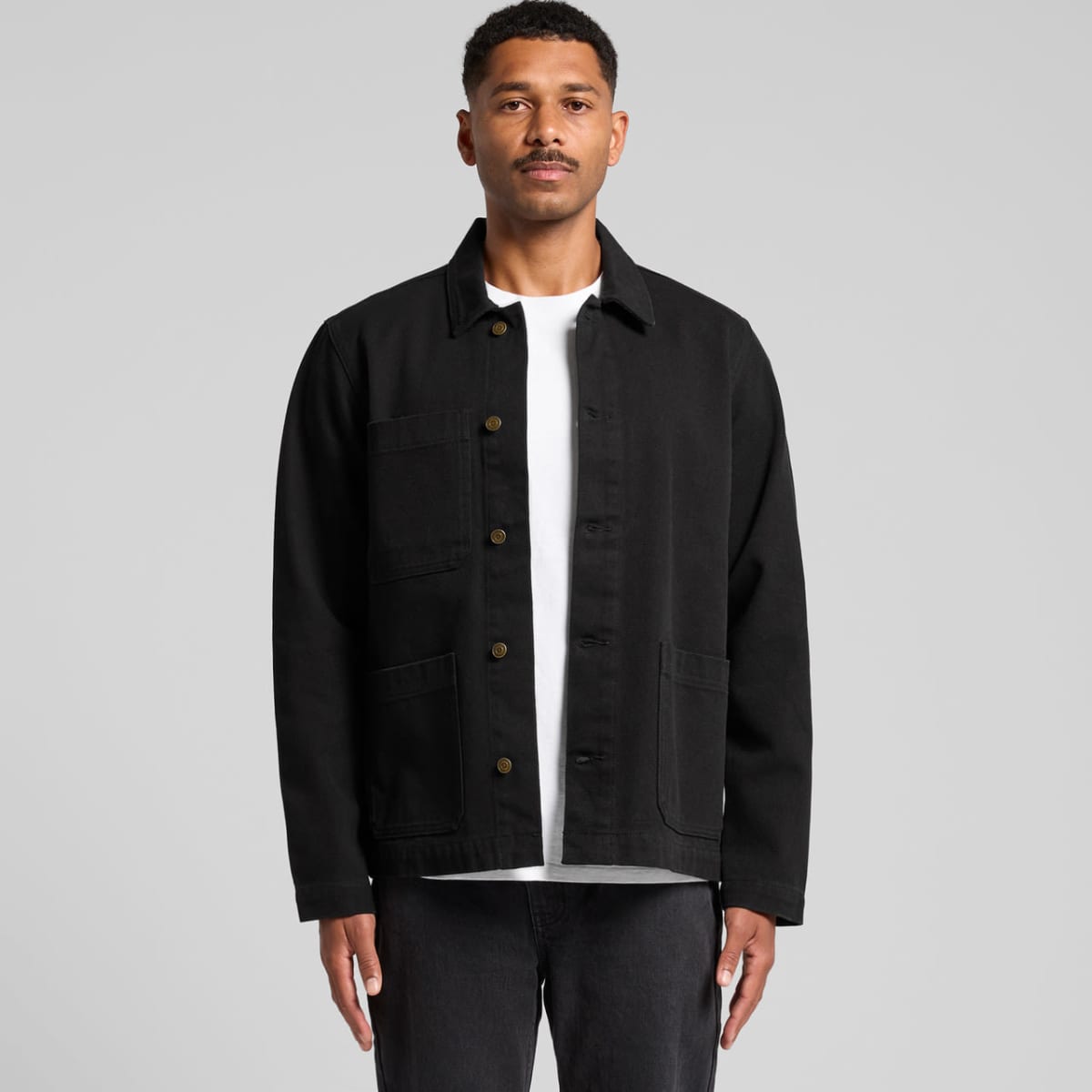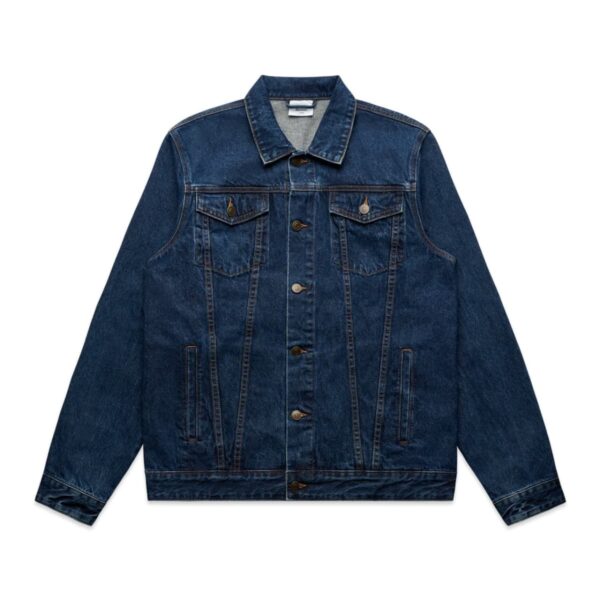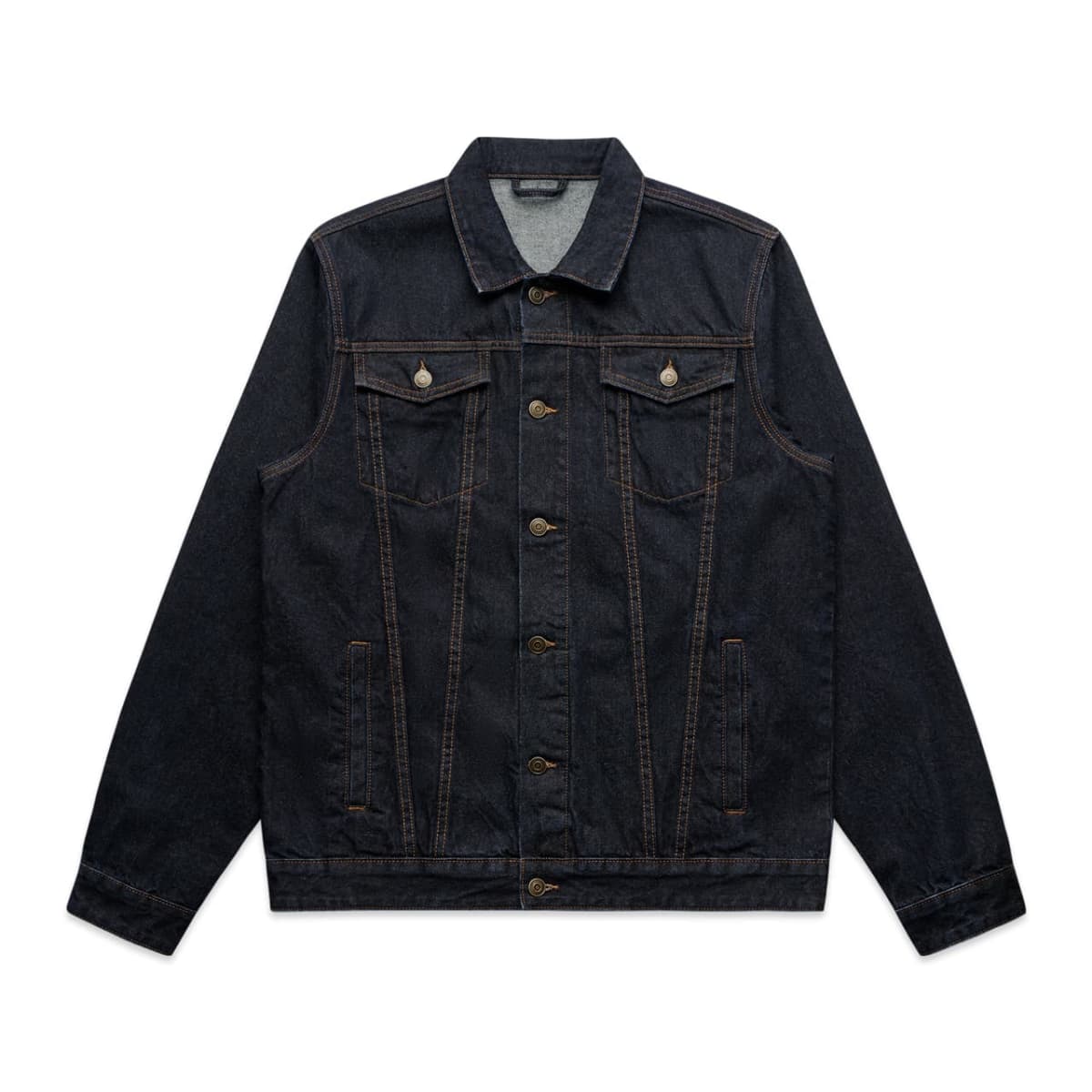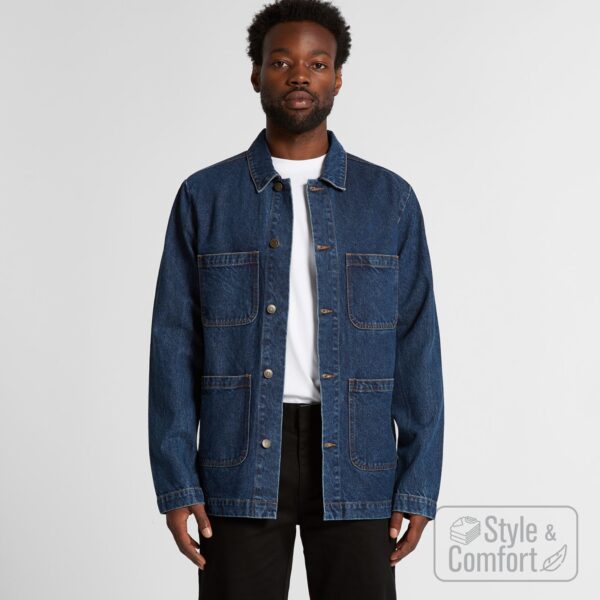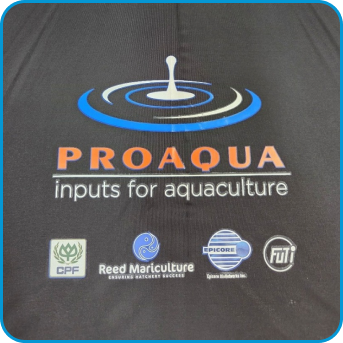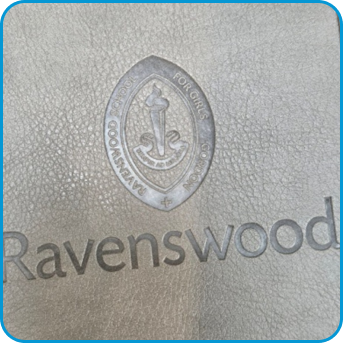What Are AS Colour Jackets?
AS Colour jackets are premium outerwear designed to focus on quality, style, and durability. They feature minimalist designs and high-grade fabrics and provide the perfect canvas for custom branding. These jackets are ideal for creating a contemporary and professional image for your organisation.
Who We Supply AS Colour Jackets to
We supply AS Colour Jackets for corporate offices, and these jackets can enhance your team’s modern and professional image. Startups and cutting-edge companies will find them ideal for showcasing their innovative spirit and making a strong impression on clients and collaborators alike. Marketing campaigns can leverage these stylish jackets as a unique promotional tool to attract a trend-focused audience. Event organisers benefit from sleek, branded apparel that elevates the experience for staff and participants. You may also be interested in our range of Corporate Branded Jackets.
Customisation Methods for Your Brand
Customisation options allow you to create a professional and unique look for your jackets:
- Embroidery: Perfect for a high-end, long-lasting finish.
- Screen Printing: Bold and vibrant designs for impactful branding.
- Heat Transfer: Great for intricate logos or multi-coloured designs.
We provide free mock-ups to ensure your design aligns perfectly with your branding goals.
Mini FAQ
How do I order Promotional AS Colour Jackets?
- Enquiry: Submit your details using our online form.
- Quote: Receive a detailed quote within one hour during business hours.
- Mock-Up: Share your logo, and we’ll create a visual preview for approval.
- Approval: Confirm the design, and we’ll issue an invoice for payment.
- Production & Delivery: Your customised jackets will be produced and delivered promptly.
Do you offer a range of sizes and styles?
Yes, we provide a variety of sizes and jacket styles to suit all recipients. (Small – XXL)
What’s the typical production time?
Orders are completed within 1-2 weeks after design approval, with expedited options available for urgent needs.
Upgrade your promotional apparel with Promotional AS Colour Jackets. Contact our sales team today for expert advice and a fast quote to get started! We supply Australia-wide.


